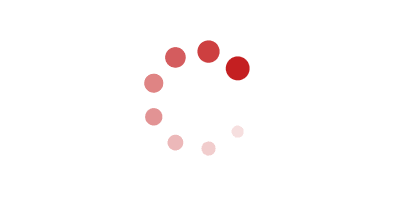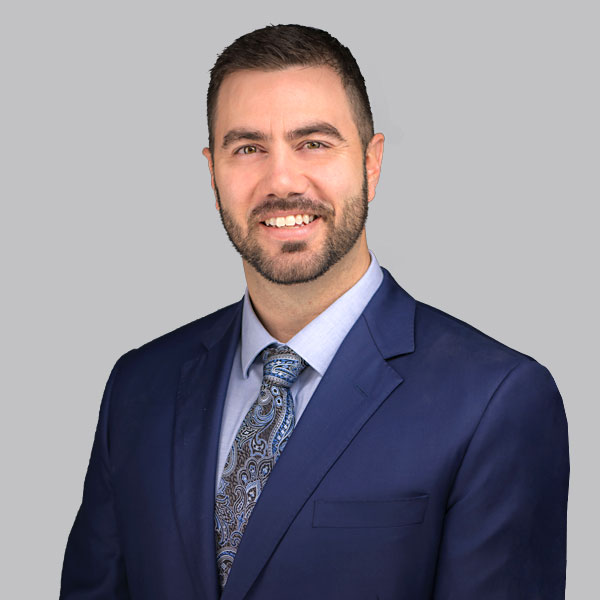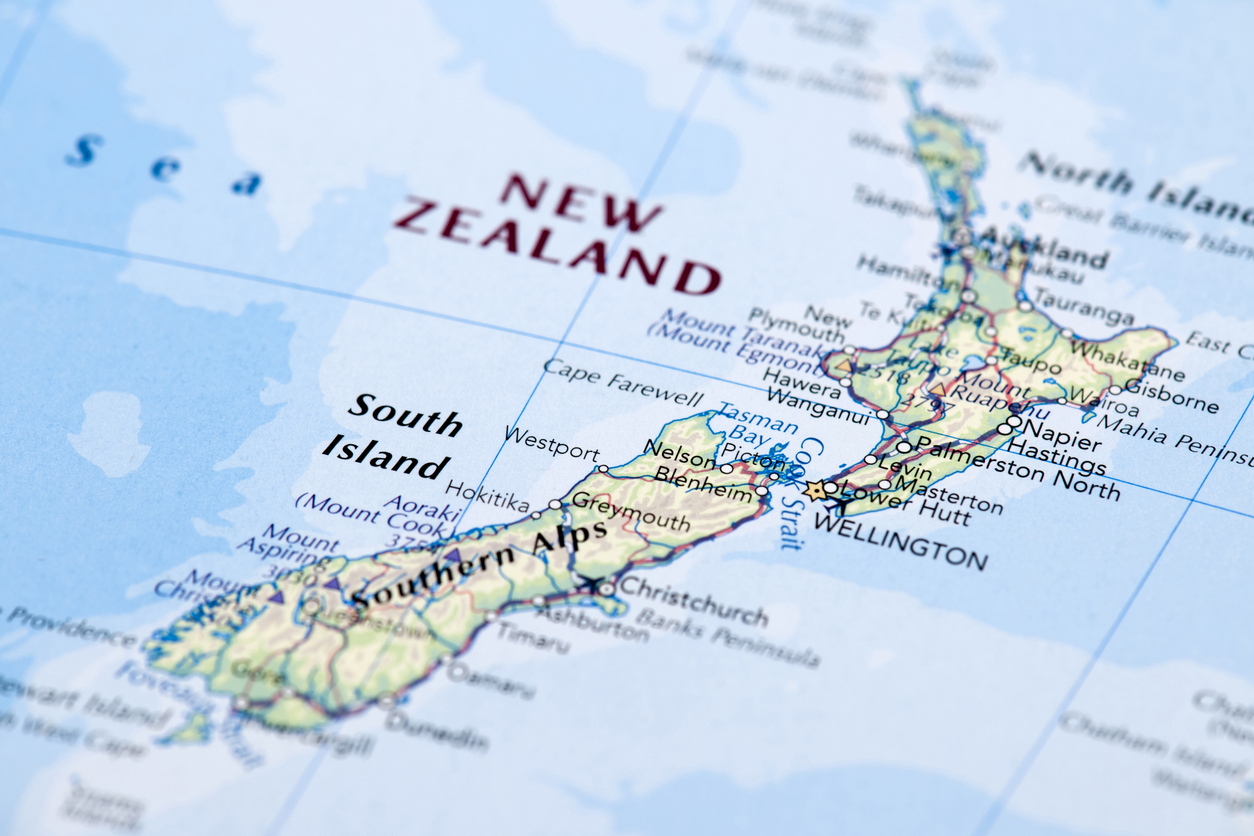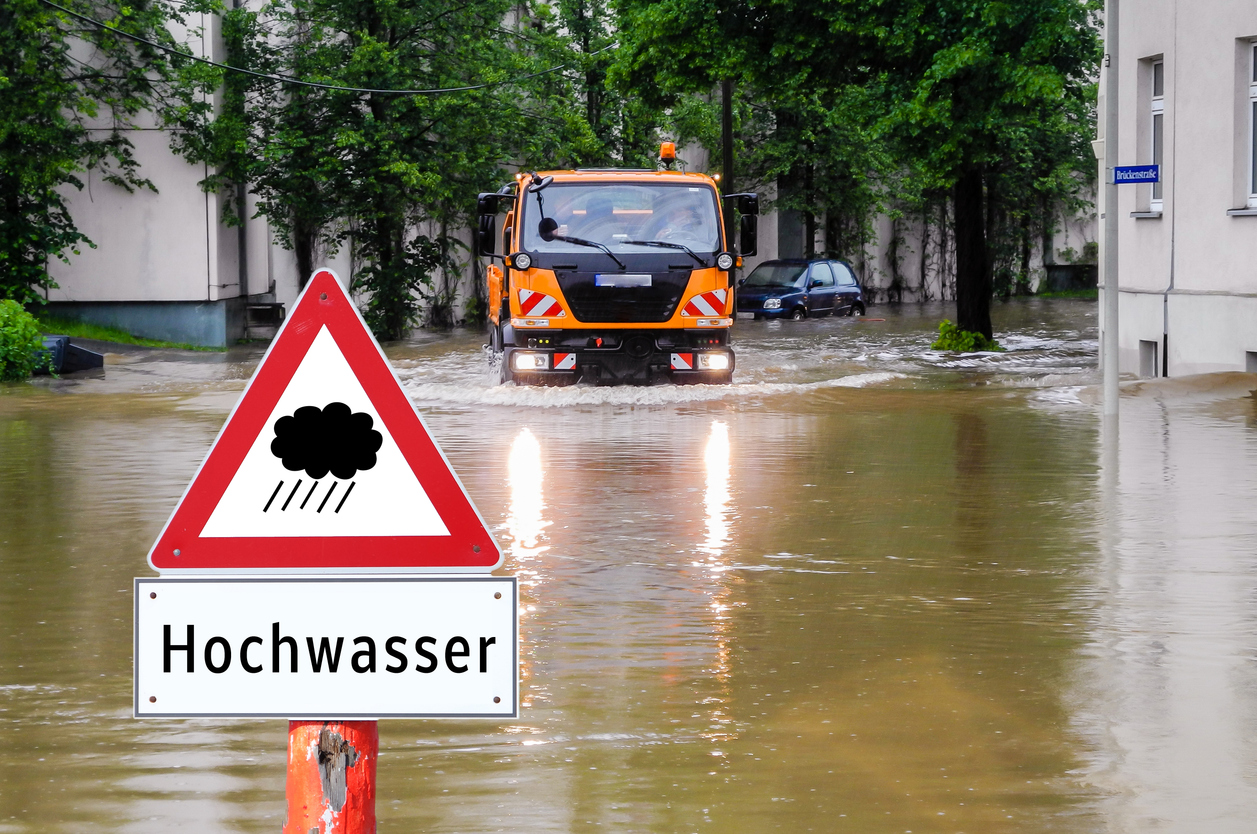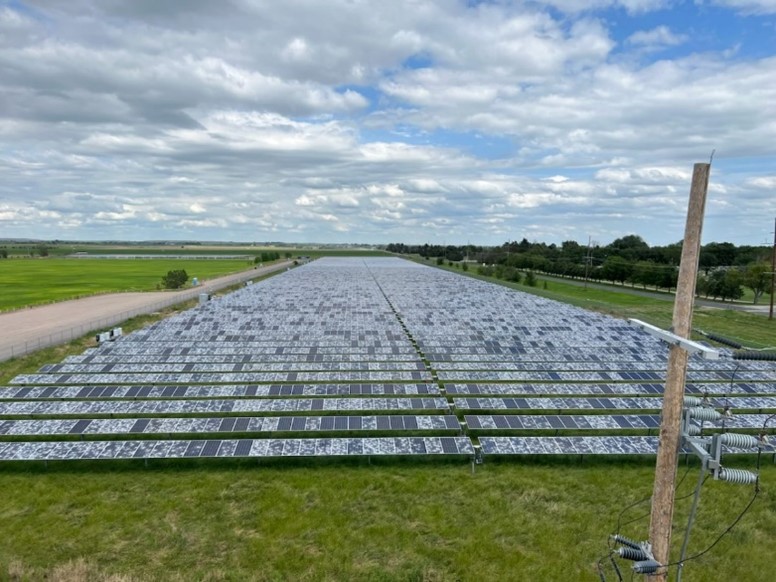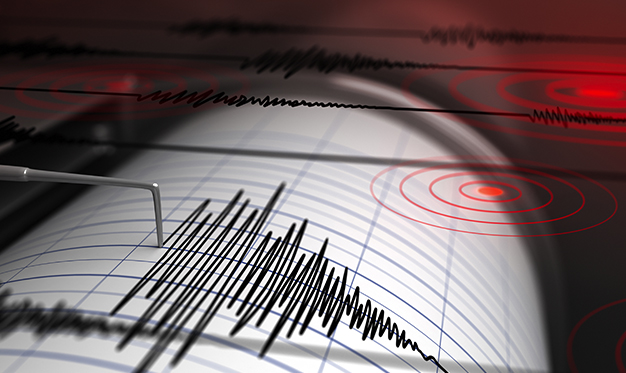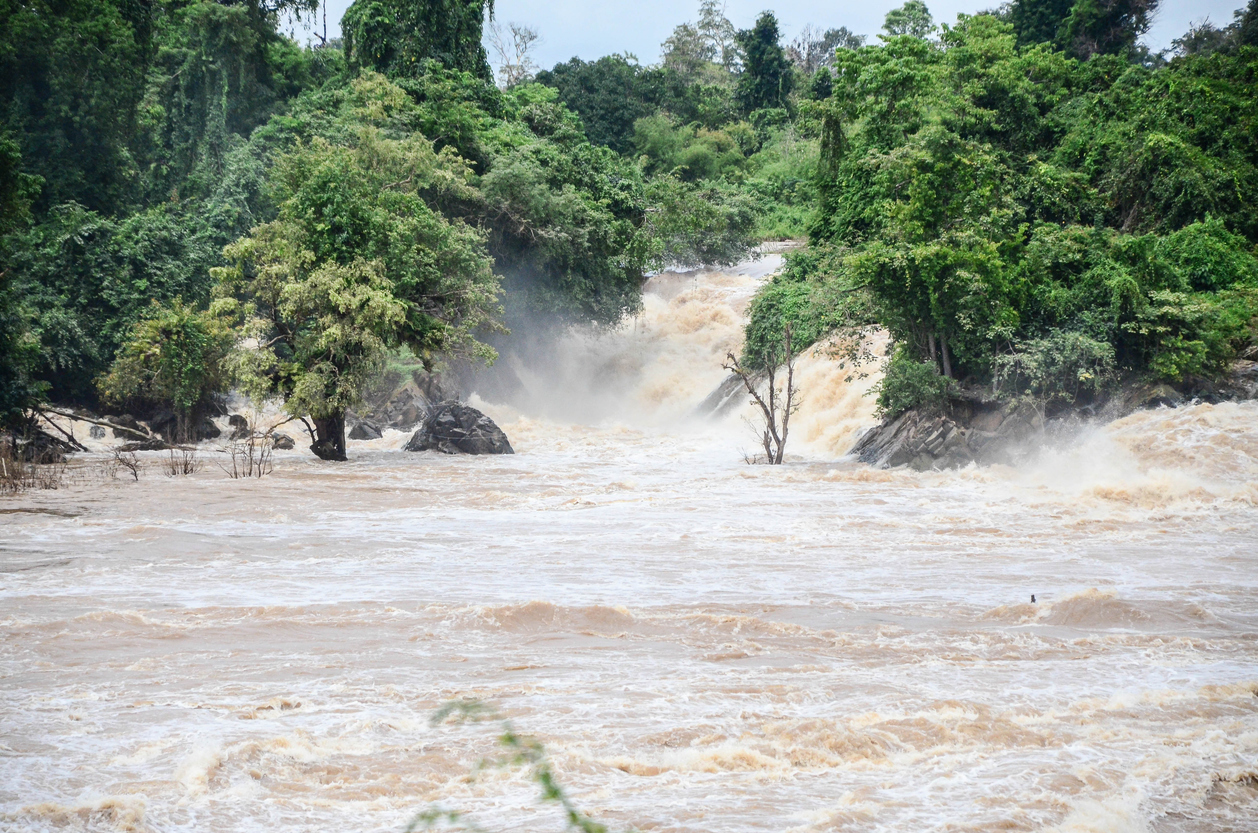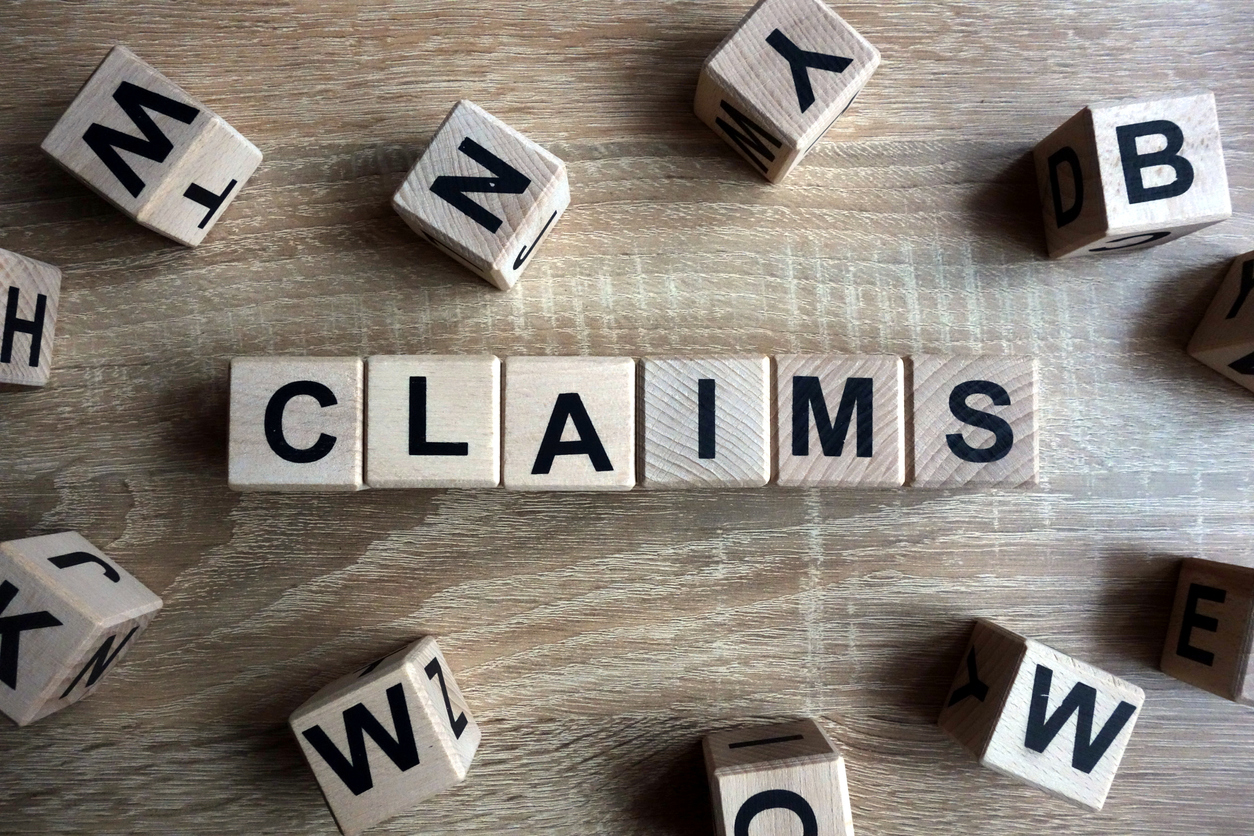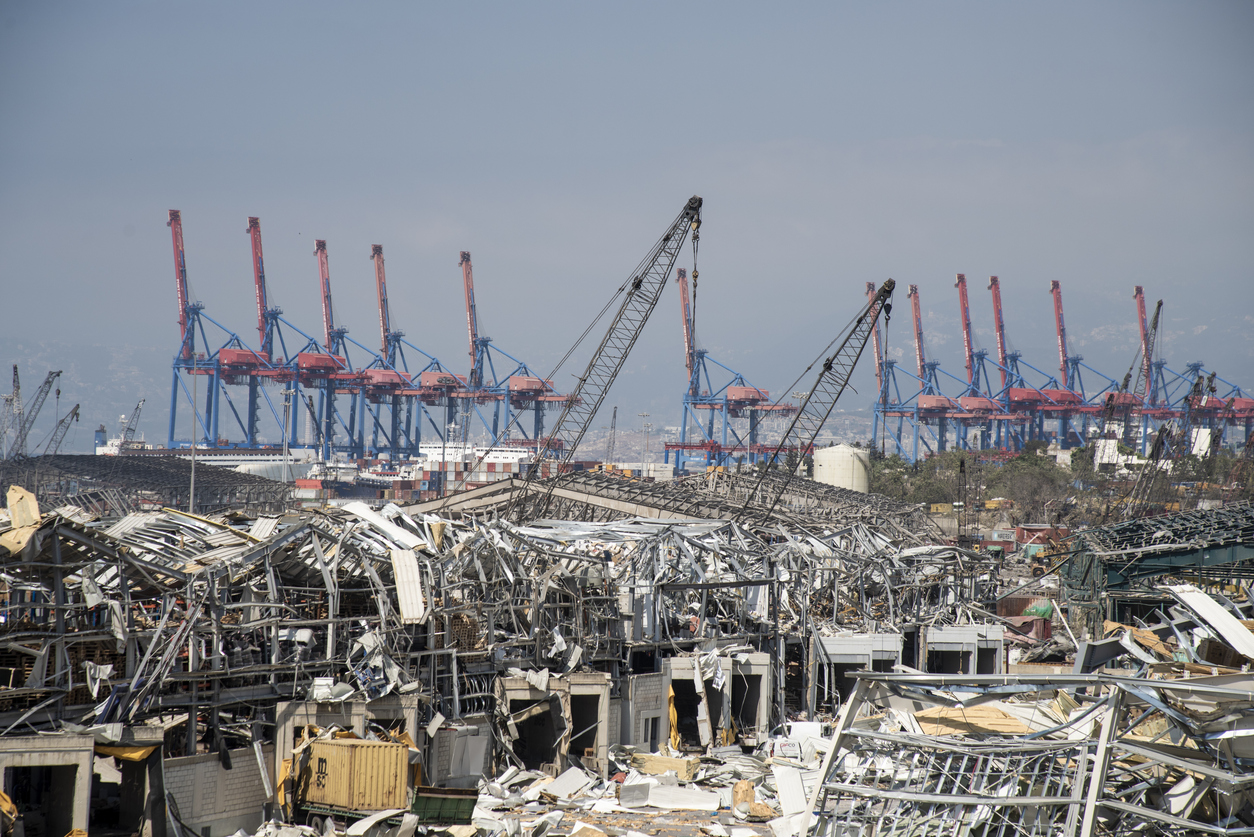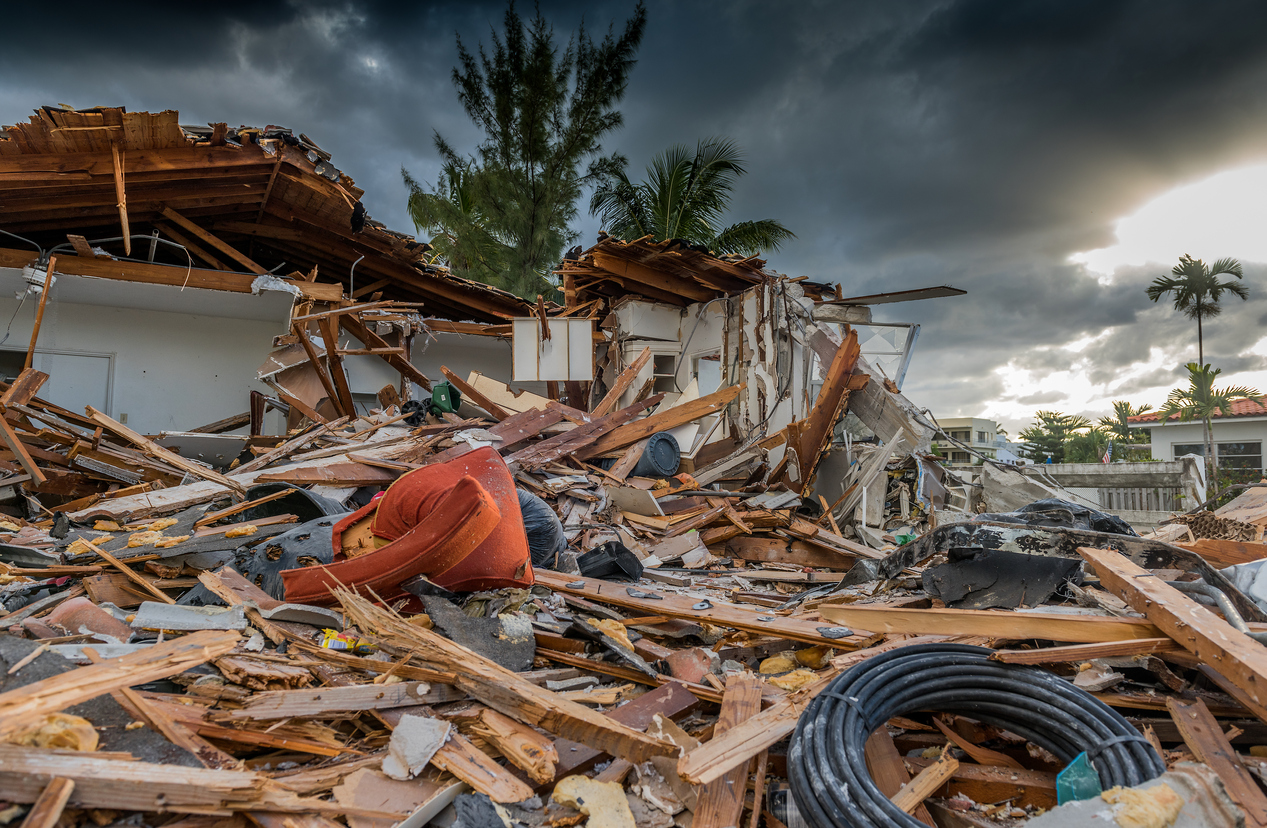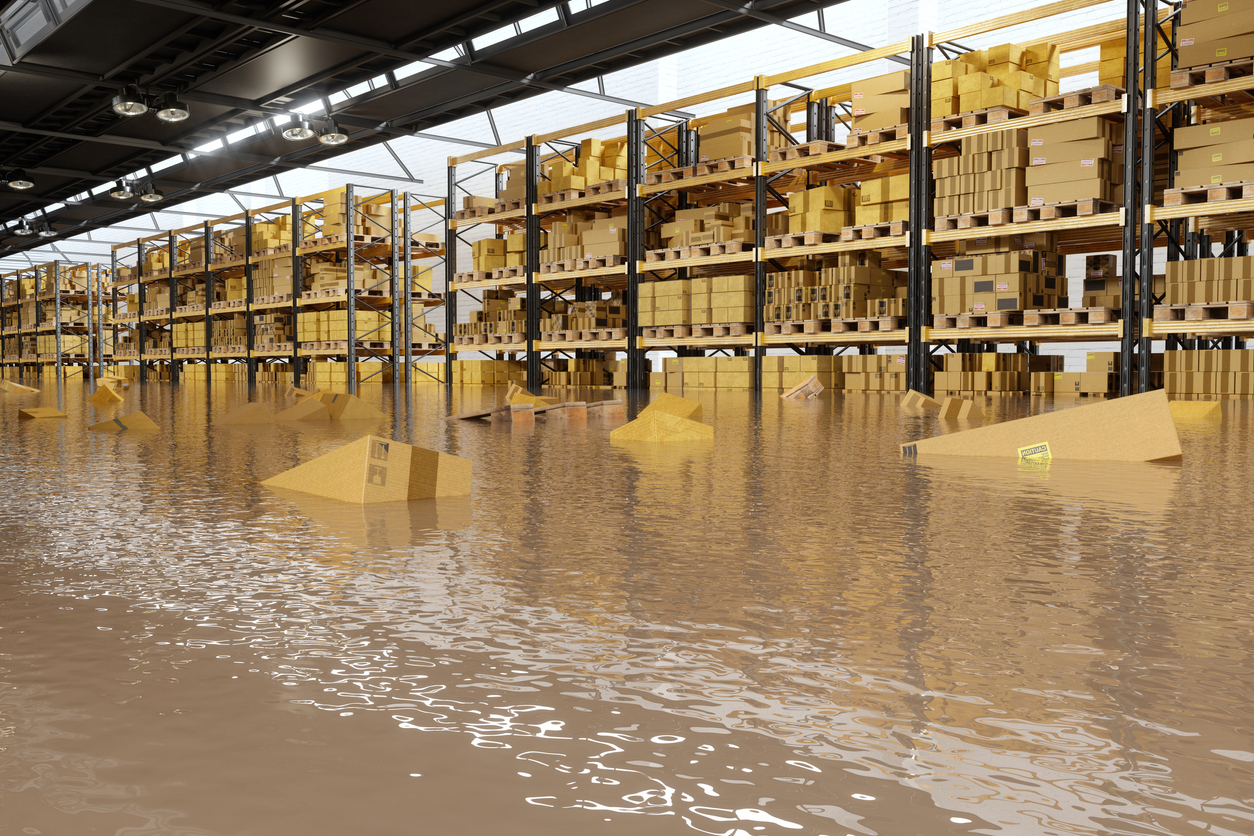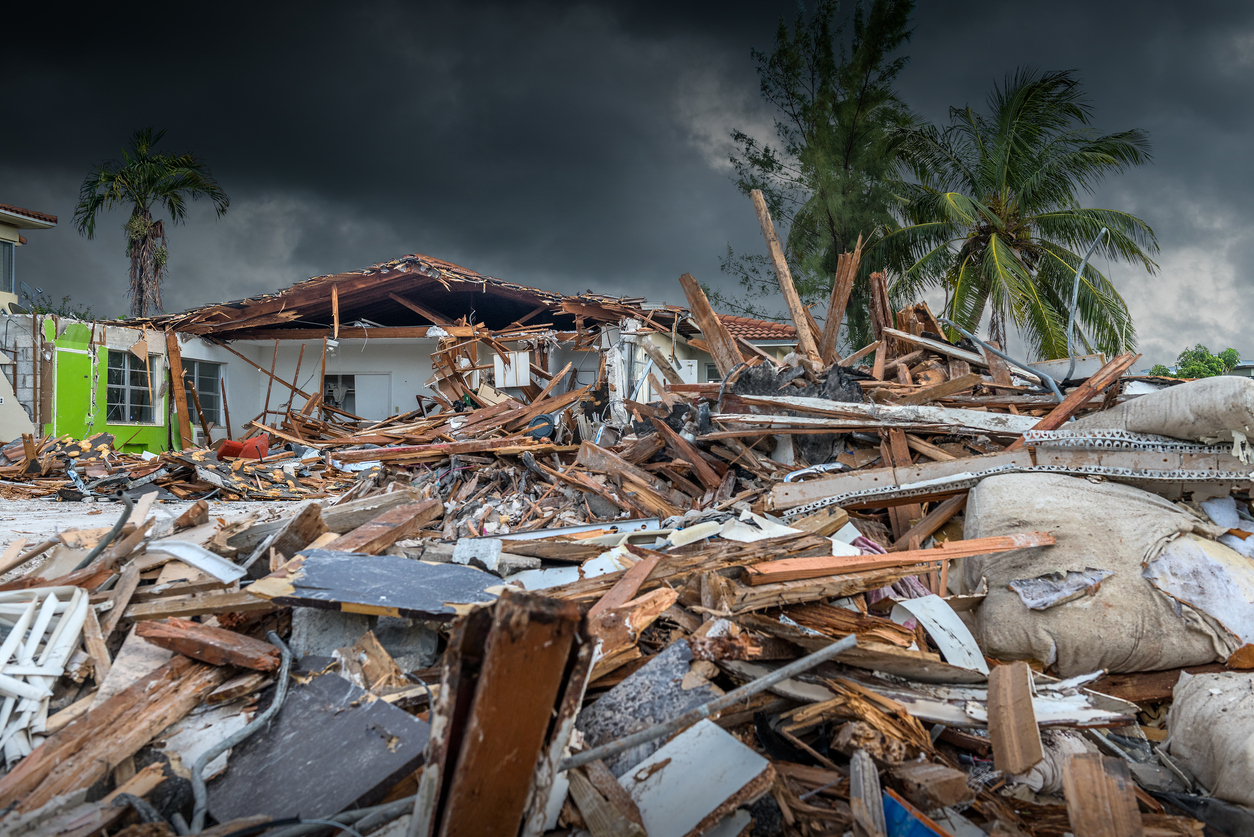The increasing use of captive insurance programmes has shifted the role of forensic accountants from a reactive to a proactive one. John Savage from Captive Insurance Times speaks with MDD’s Amanda Guire and Dave Robinson about the unseen dangers of business interruption and how businesses can prepare for the unexpected.
How has the increased use of captive insurance programmes for business interruption coverage changed the way forensic accountants approach loss assessment, particularly in terms of pre-loss modelling and post-loss measurement?
As companies take on greater financial responsibility through captive insurance programmes, forensic accountants play a more strategic and involved role in both pre-loss and postloss modeling.
It is imperative that appropriate experts are hired to investigate the loss and document for regulatory reasons but also to support potential subrogation efforts.
Our work as forensic accountants begins well before a loss occurs, helping companies understand their true exposure and ensuring that policy limits are set appropriately based on realistic risk scenarios. In the event of a loss, forensic accountants are instrumental in ensuring that the loss is measured accurately and in accordance with the specific terms of the policy.
This is especially important when captives are involved, as the company itself is now more accountable for the integrity of the loss measurement process.
When multiple insurance layers are involved, getting the initial loss measurement right under the captive layer is critical. It sets the foundation for a smoother claims process across excess layers and helps avoid disputes or surprises if other insurers interpret the policy differently.
What are some of the unique challenges and considerations when quantifying business interruption losses after a major catastrophic event for a company with a captive programme?
Quantifying business interruption losses after a major catastrophic event presents unique challenges for forensic accountants, particularly when the company operates under a captive insurance programme. One of the primary hurdles is navigating the organisation’s internal reporting structure to obtain the necessary documentation.
In some cases, there may be a perception that the claim is merely an internal fund allocation, which can diminish the urgency or thoroughness of the process.
It is essential for the risk manager or the individual overseeing the captive to establish a culture that emphasises the importance of a rigorous and well-documented claim investigation.
“The process of investigating and quantifying a claim often reveals the key operational drivers and the strength of customer relationships.” – Dave Robinson
Often, documentation is not readily available, which can delay or complicate the assessment. Additional complexities arise when multiple locations are affected, requiring a coordinated approach to loss measurement across different sites.
In industries like hospitality, unusual trends — such as increased occupancy due to the influx of catastrophe response workers — can further complicate the analysis. Forensic accountants must account for these anomalies while ensuring that the initial loss measurement under the captive layer is accurate and policycompliant. Doing so helps streamline the claims process across any excess layers and reduces the risk of disputes stemming from differing interpretations of the policy.
Could you discuss how the specific industry of a business can impact the complexity of a business interruption claim?
The complexity of a business interruption claim can vary significantly depending on the industry in which the insured operates. MDD works across all industries, and each presents its own unique challenges.
Some industries, such as manufacturing, inherently involve more complex structures that require a deep understanding of the production process, the specific point of interruption, and how the business responded.
This includes evaluating factors like inventory levels, overtime labour, planned and unplanned outages, and customer lead times — all of which can significantly influence the loss calculation.
In contrast, industries like retail may be more straightforward in structure but still present challenges such as seasonality, which can vary based on location or the types of products sold.
To accurately assess the loss, MDD conducts detailed interviews with the insured at the outset of each claim to understand how the business operates, how it generates revenue, and how it responded to the disruption.
This tailored approach ensures that the nuances of each industry are properly considered in the loss measurement process.
The pandemic highlighted the importance of supply chain resilience. How do forensic accountants factor supply chain disruptions and contingent business interruption into their loss analysis, and what role can a captive play in managing this risk?
The Covid-19 pandemic underscored the critical importance of supply chain resilience, especially for businesses operating under captive insurance programmes.
Forensic accountants play a key role in this context by incorporating supply chain disruptions and contingent business interruption into their loss analysis. Entering into a captive arrangement often prompts a pre-loss modeling exercise, during which the full value chain of the business must be thoroughly understood. This is particularly important for companies that are vertically integrated or operate across multiple locations, as disruptions can have cascading effects beyond a single site.
Forensic accountants must evaluate not only the direct impact of an interruption, but also the potential for mitigation — such as shifting production or resources to other locations. This comprehensive approach ensures that the financial implications of supply chain vulnerabilities are accurately captured and that the business is better prepared to respond to future disruptions.
“Getting the initial loss measurement right under the captive layer is critical. It sets the foundation for a smoother claims process across excess layers.” – Amanda Guire
What are some key pieces of advice you would give to a captive insurance manager to ensure they have the necessary data and documentation in place to streamline a business interruption claim?
To effectively streamline a business interruption claim, captive insurance managers should take a proactive approach to preparedness. One of the most important steps is assembling a claims team in advance of any potential event. This team should include key experts — such as forensic accountants — who can assist with pre-loss modeling. This not only helps ensure that policy limits are appropriate but also establishes a clear, agreedupon methodology and identifies the documentation that will be required in the event of a claim.
Timely and accurate information is critical, so maintaining up-todate financial records is essential. When a loss occurs, the claims team should have a clear understanding of what happened, how the insured was affected, and what actions were taken to maintain or resume operations. This context is vital for accurately quantifying the loss and supporting a smooth claims process.
Beyond the financial numbers, how can forensic accountants provide strategic value to captive owners during a business interruption event? What is the most critical non-financial element you consider during your analysis?
Forensic accountants provide significant strategic value to captive owners during a business interruption event, particularly when they are engaged early in the process. Their early involvement allows them to assist with mitigation efforts by brainstorming potential ways the business can continue operating — at least partially — during the loss period.
This proactive approach can reduce the overall financial impact and support a more resilient response.
Beyond the numbers, one of the most critical non-financial elements considered during the analysis is the insight gained into the business itself. The process of investigating and quantifying a claim often reveals the key operational drivers and the strength of customer relationships, offering valuable lessons that can inform future risk management and business continuity planning. This deeper understanding not only supports a more accurate claim but also helps the business emerge stronger and more informed post-event.
How can forensic accounting be used not just to quantify a loss, but also to identify and mitigate fraudulent activity within a business interruption claim?
While the primary role of a forensic accountant in a business interruption claim is not to actively search for fraud, their methodology includes built-in checks and balances that help ensure the accuracy and reliability of the information provided.
A key part of this process involves reconciling the financial data submitted by the insured with official documentation, such as tax returns and sales tax filings, to confirm consistency.
Forensic accountants also conduct detailed reviews of invoices and perform trending analyses to evaluate revenue and expense patterns over time. These steps can help identify anomalies or inconsistencies that may indicate errors — or in some cases, potential fraudulent activity. By applying a disciplined and datadriven approach, forensic accountants help maintain the integrity of the claim process and ensure that losses are measured fairly and accurately.
From a professional services perspective, how do you help companies prepare for a potential business interruption claim from both a legal and a financial standpoint?
Preparing for a potential business interruption claim begins with assembling a dedicated claims team well in advance of any disruptive event.
This team should include professionals who not only understand the company’s industry and operations but also have insight into key customer relationships, documentation practices, and supply chain dynamics.
Forensic accountants play a critical role in this process by helping to identify potential vulnerabilities and ensuring that the necessary financial and operational data is in place.
By proactively involving experts who are familiar with the business and its risk landscape, companies can significantly streamline the claims process, reduce delays, and ensure a more accurate and defensible loss assessment when a claim arises.
Looking ahead, what do you see as the biggest emerging risk for captive insurance companies in the business interruption space, and how can they proactively use forensic accounting expertise to prepare for it?
One of the biggest emerging risks for captive insurance companies in the business interruption space is the misalignment of policy limits — either through over-insurance or under-insurance.
Having unnecessarily high limits can lead to redundant coverage, resulting in excessive costs for reinsurance or excess layer insurance that may never be utilised.
On the other hand, underinsurance can create serious financial strain during a loss event, leading to cash flow issues and an unexpected drop in earnings.
To proactively manage this risk, captive managers can engage forensic accountants early in the process.
These experts can assist with pre-loss modeling to evaluate realistic exposure scenarios, assess operational vulnerabilities, and help determine appropriate coverage levels.
This article was originally published by Captive Insurance Times (www.captiveinsurancetimes.com).
The statements or comments contained within this article are based on the author’s own knowledge and experience and do not necessarily represent those of the firm, other partners, our clients, or other business partners.
